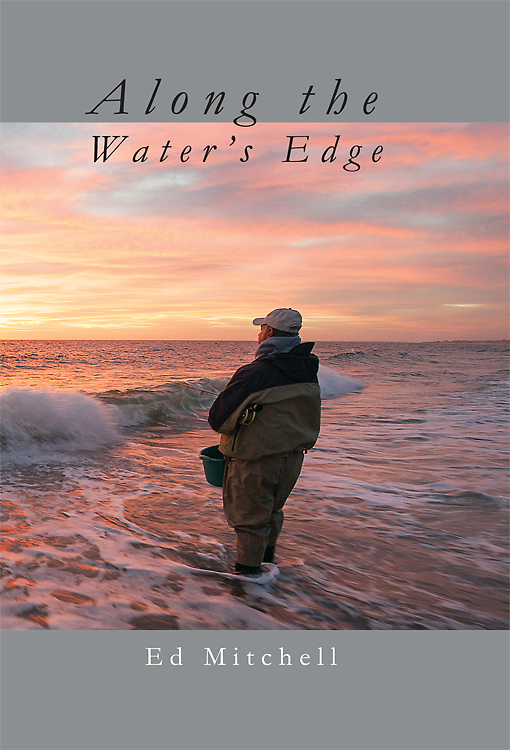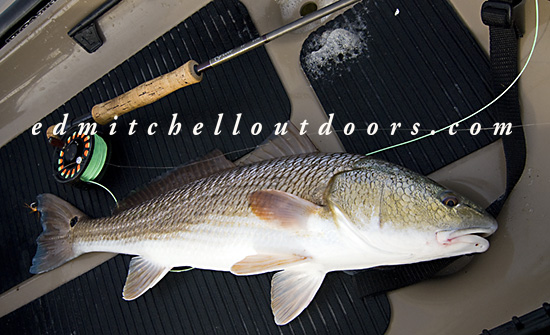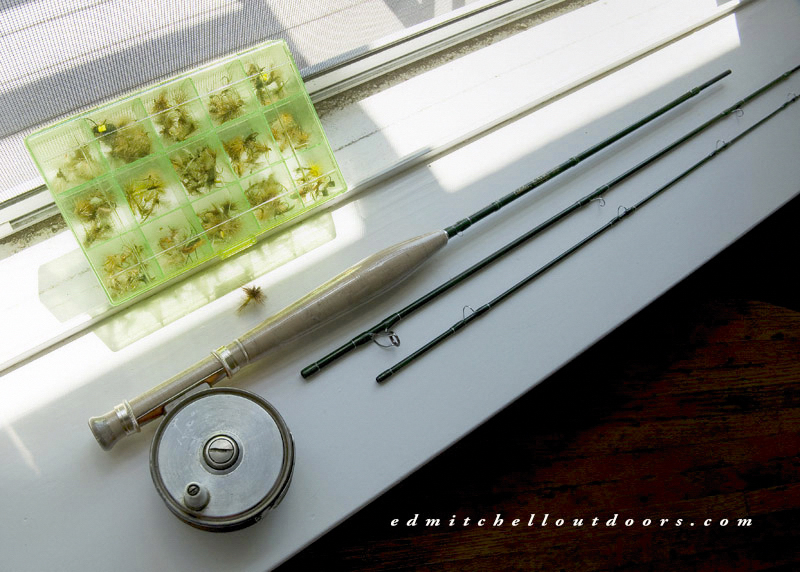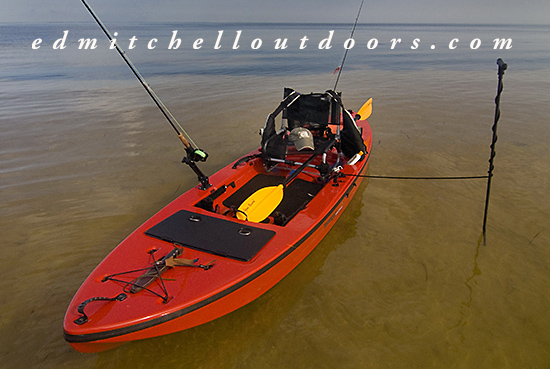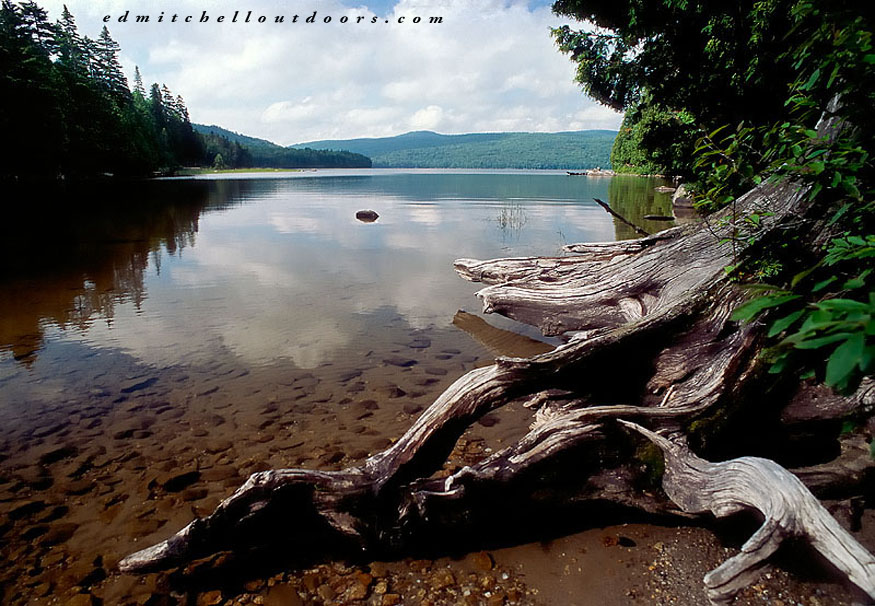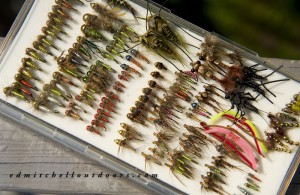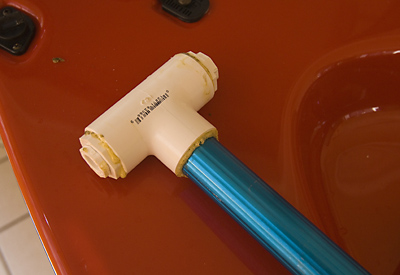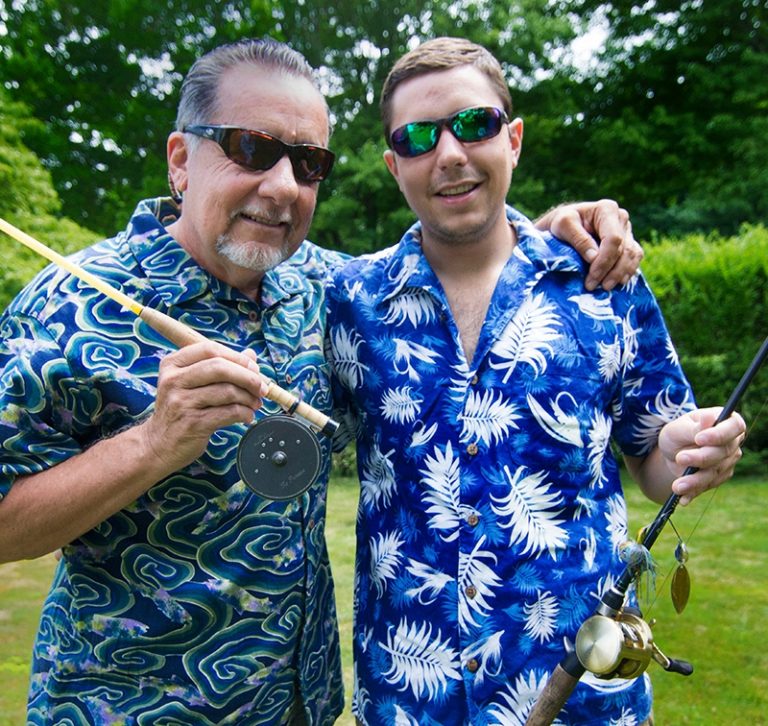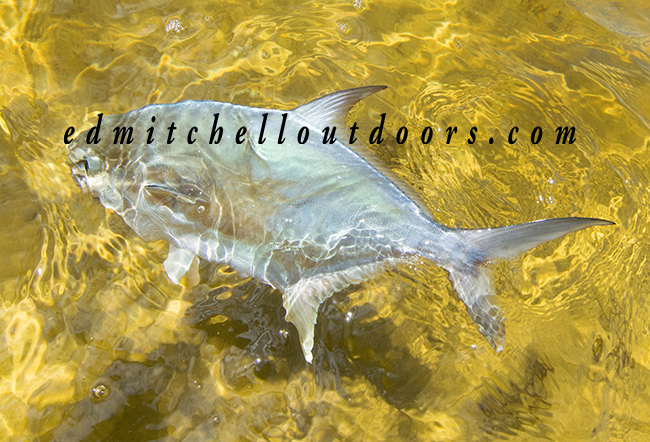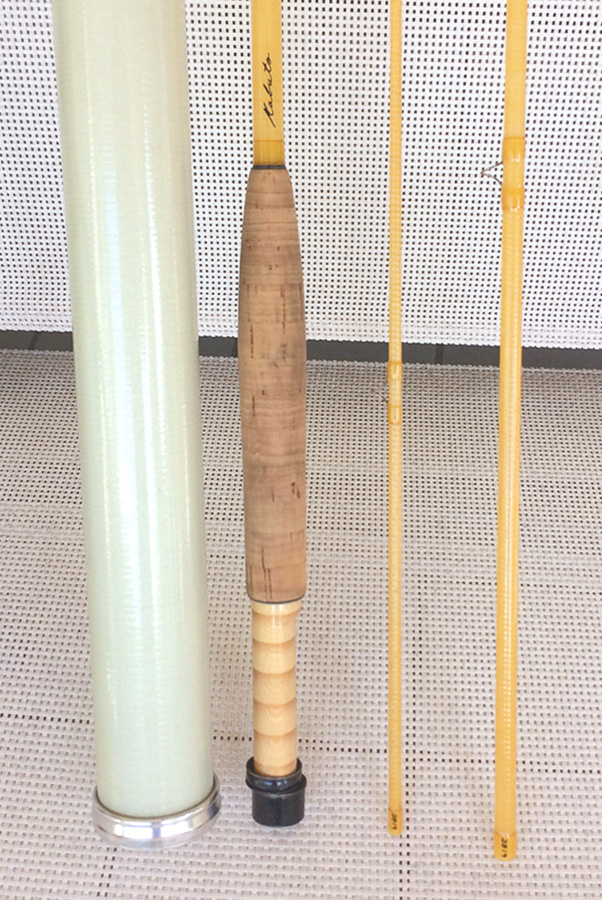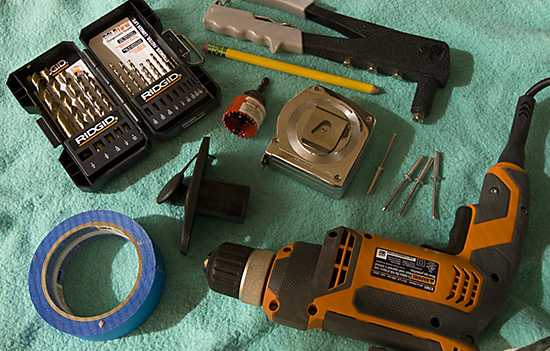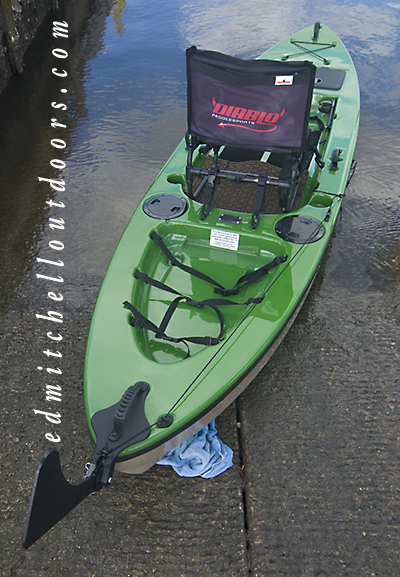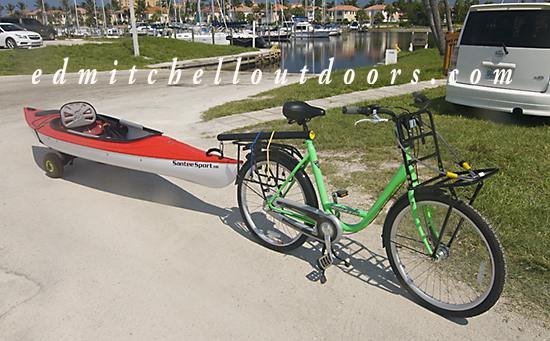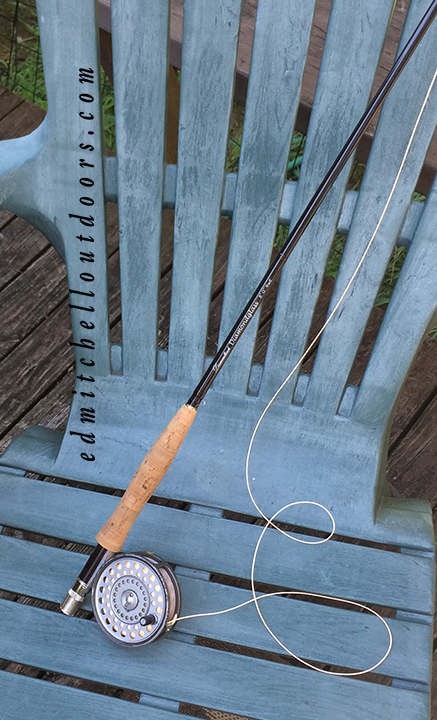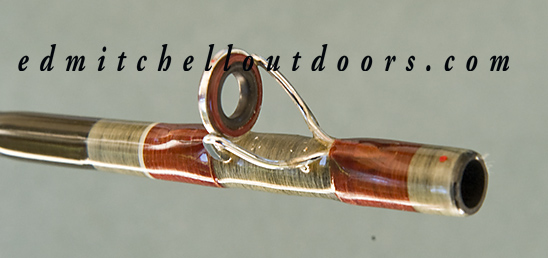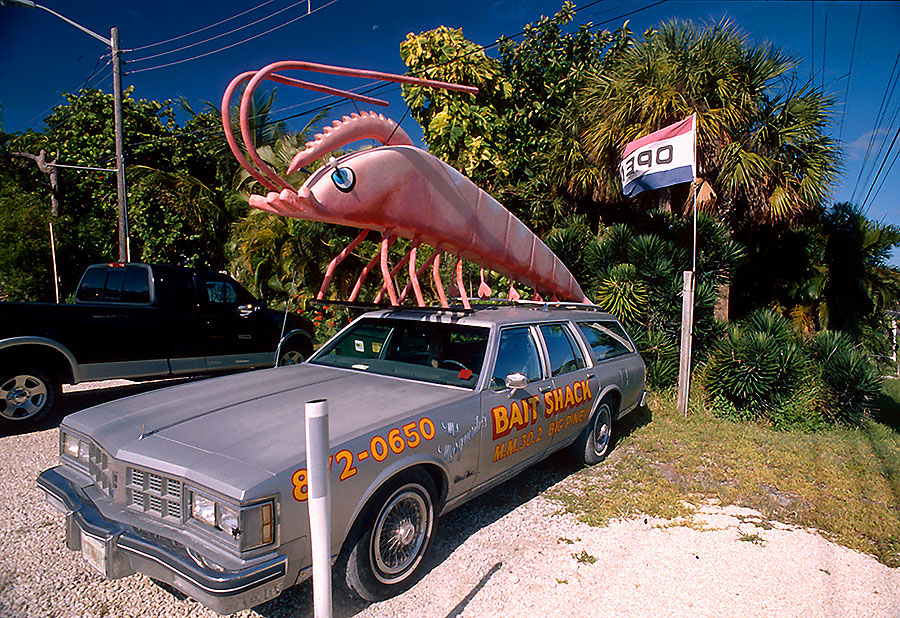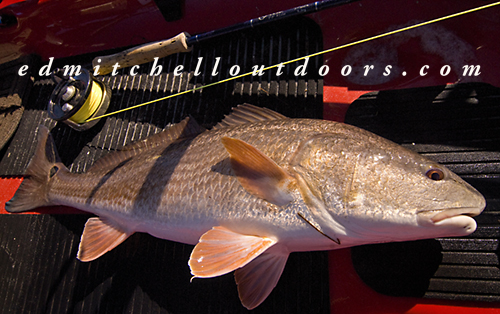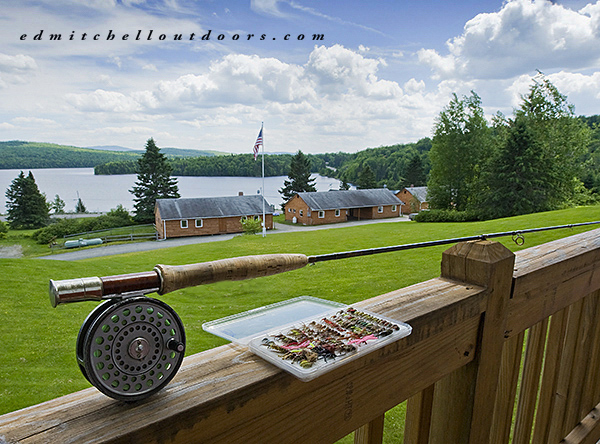Thoughts on Wading Staffs
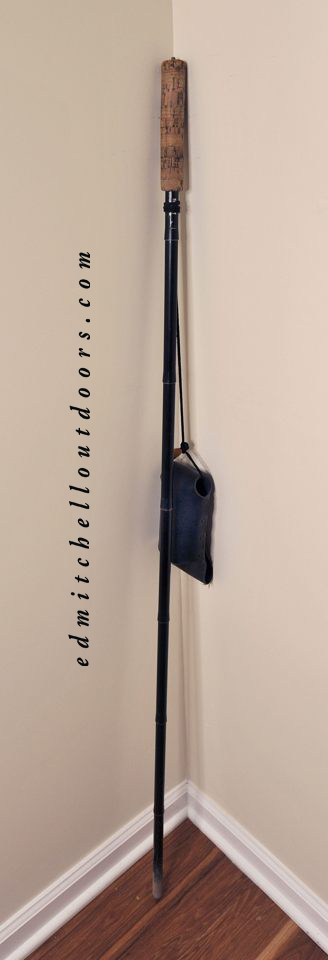
Wading Staff
Falling in a fast moving river is dangerous business, my friend, especially in the colder parts of the year. And for that reason, the older I get the more I rely on my trusty wading staff. It offers a serious measure of safety, one that you should never ignore.
My wading staff is a 30 year old 59″ FolStaff with a carbide tip. It is constructed from 3/4″ aircraft grade aluminum, making it very strong and rust free. At one time FolStaff was pretty much the only manufacturer of quality wading staffs. Today, however, you’ll find staffs from many companies including Orvis, Simms, and REC.
My staff came with a leather holster and a 1/4 -20 thread on top for a camera. The staff folds down to about 10″. And it has an internal bungee chord for quick deployment. But lets stop right there. Always store this type of staff fully extended to take pressure off the bungee and thereby prolong its life. Always.
Other types of staffs. Wood staffs have been popular for many years and I have owned several. Ash, maple, oak. They are cheap, attractive and can be DIY. But wood has a couple of down sides. Too often they are not long enough for proper support. In time they often absorb water and split. Typically they do not have a metal tip for good purchase on the bottom. (By the way rubber tips on a wading staff are near useless on a rocky bottom, much like rubber sole waders.) And wood doesn’t retract, making it a nuisance to travel with. Another commonly seen alternative is a used ski pole. Why not? They are cheap and have a metal tip. As a result people see them as a real deal. In my opinion, however, you should never use them. They weren’t designed to bear your full body weight. So if you are suddenly forced to lean into one heavily, it is apt to bend and snap, dropping you in the drink. Beware.
Uses: Wading staffs are useful both in and out of the water. Staffs are great for descending a steep hillside to the stream. Or navigating a slippery trail. They can also help you retrieve a fly off a tree limb. Help you clear a path though briars. Help you retrieve your forceps when dropped in the stream. Help you ward off a nuisance animal. Even break a car window in an emergency situation. And mine doubles as a camera monopod, allowing me to steady shots with telephotos or long exposures. Get you some of that.
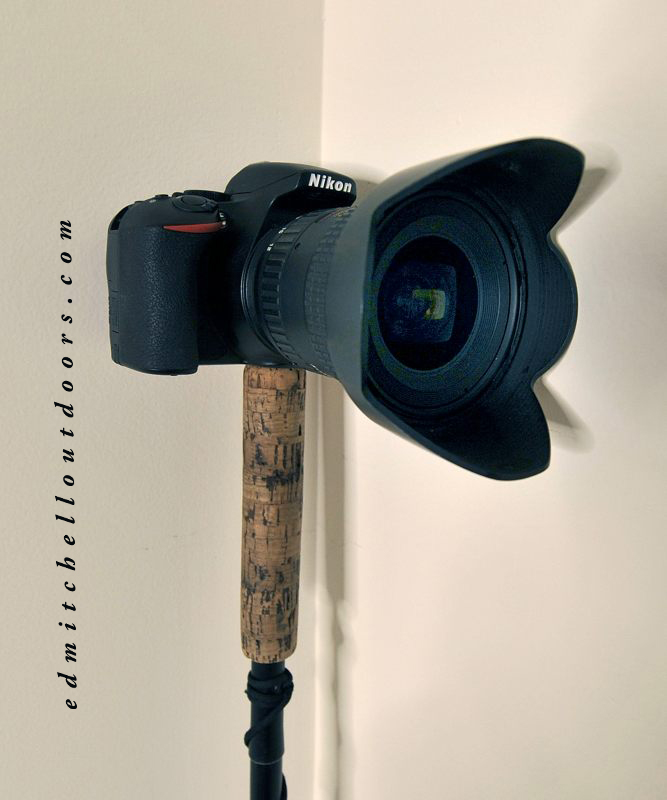
Wading Staff as a Camera Monopod
Lastly, be sure to secure your wading staff to a sturdy wader belt. I like the Fish Pond Rio Grande belt. At some point I may offer tips on how to best use a wading staff in the stream. But enough for now.
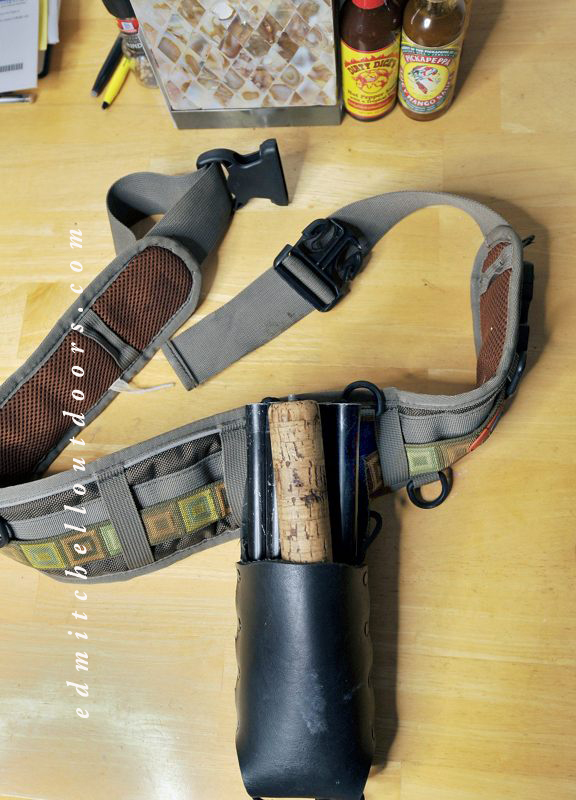
Wading Staff on a Wader Belt


